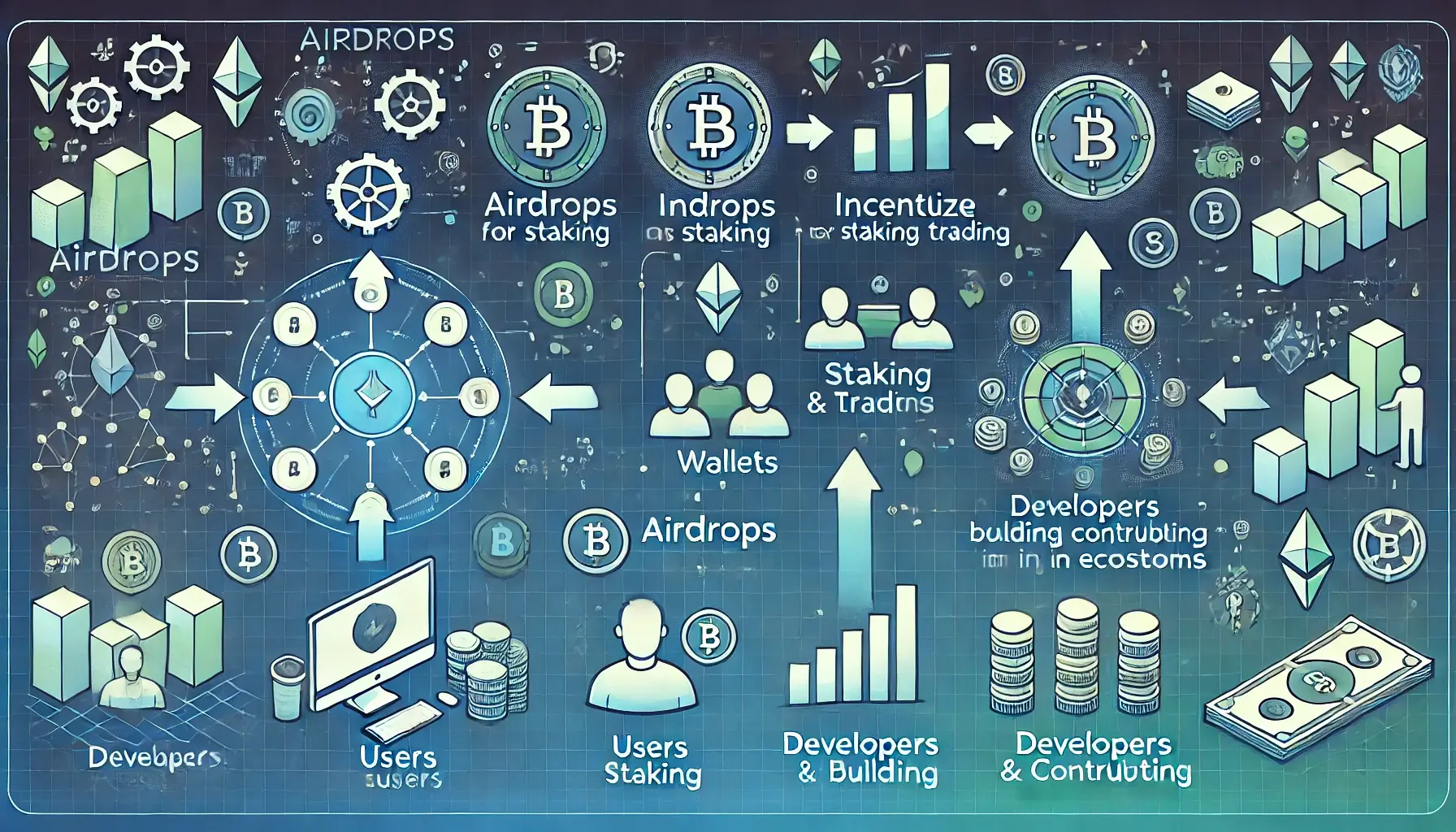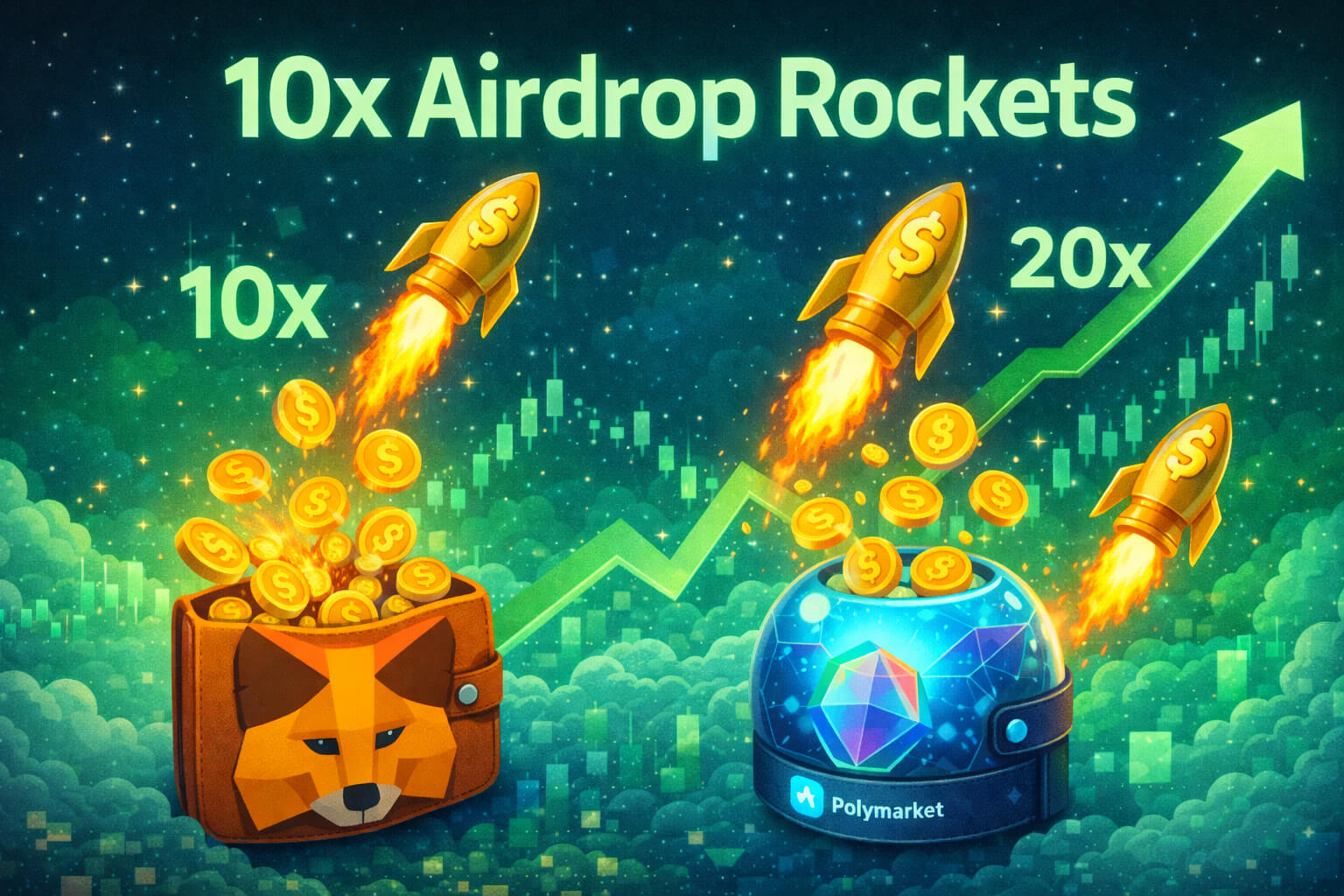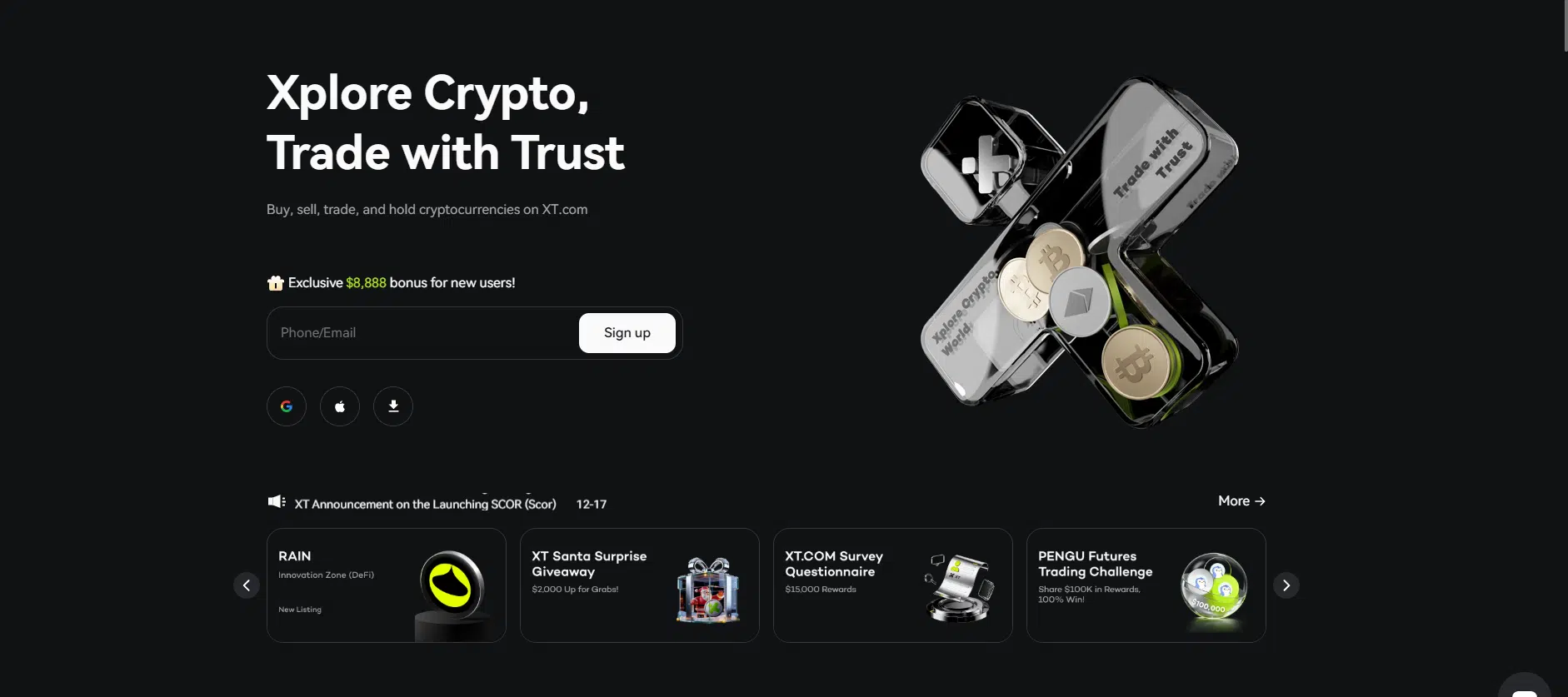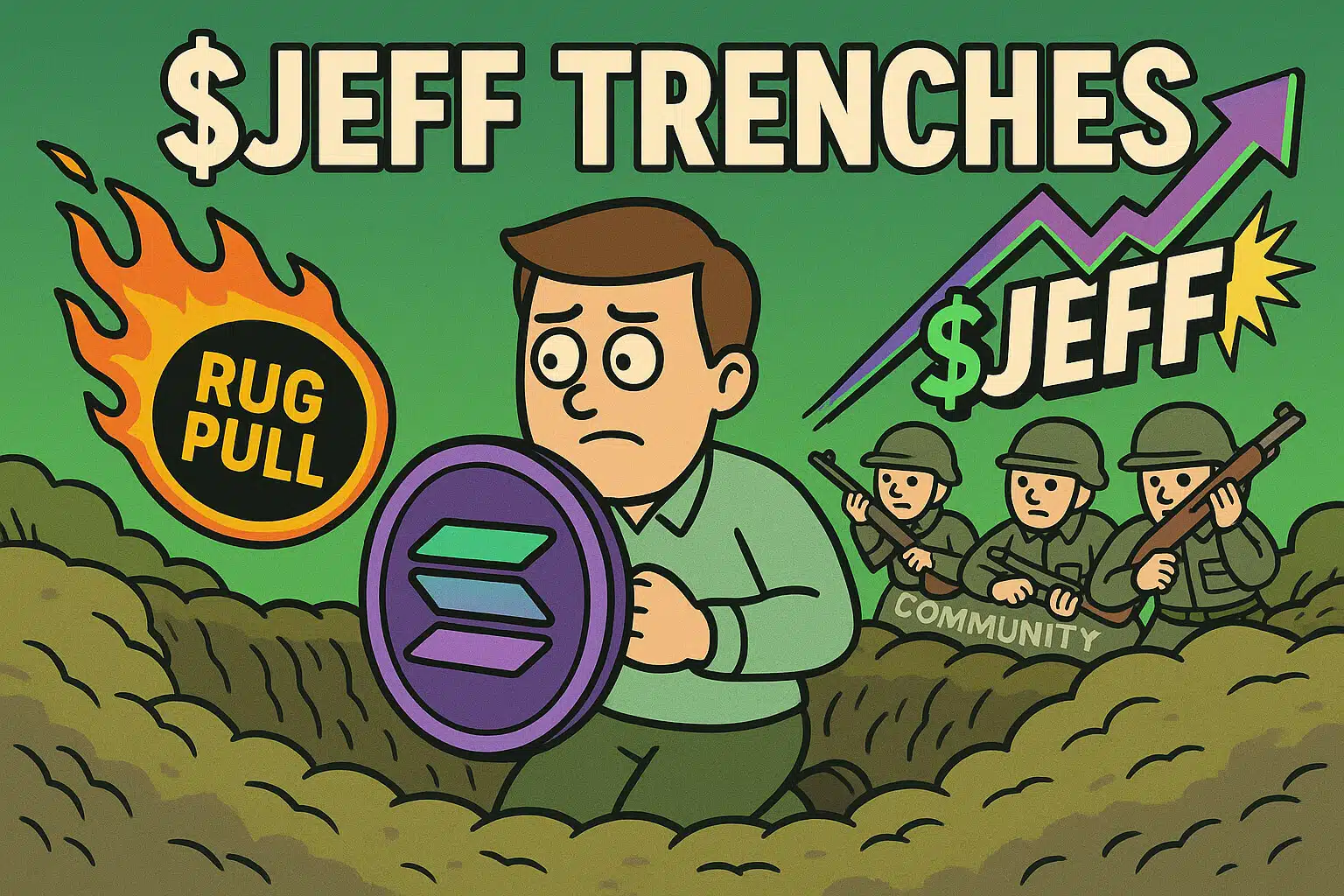The blockchain space is evolving rapidly, with cross-chain interoperability becoming a top priority. Airdrops are playing a crucial role in airdrops driving adoption this transformation by promoting adoption, incentivizing participation, and fostering community growth across various platforms. However, promoting the airdrops driving adoption of these protocols requires innovative strategies, and airdrop campaigns are becoming a driving force. By offering free tokens to targeted users, developers, and liquidity providers, blockchain projects are ensuring that cross-chain protocols gain traction, accelerating the airdrops driving adoption of interoperable blockchain networks.
1. How Cross-Chain Protocols Are Gaining Momentum
Cross-chain protocols are enabling seamless communication between blockchains, solving issues like network isolation and siloed ecosystems. These technologies are essential for creating efficient decentralized finance (DeFi) ecosystems, NFT trading platforms, and gaming networks. Airdrops are a pivotal strategy for increasing user engagement, encouraging developers, and improving liquidity in these protocols.
Prominent protocols like Polkadot, Cosmos, and ThorChain rely on user participation to ensure their ecosystems flourish. Airdrops incentivize early adopters to explore cross-chain technology, bridging the gap between different blockchain networks.
2. Airdrops Encouraging User Participation
Blockchain users often hesitate to explore new technologies due to complexity or a lack of awareness. Airdrops are simplifying this process by offering free tokens as a reward for interacting with platforms.
For instance:
- Cosmos’ ATOM airdrops encouraged users to participate in staking and governance activities within its Inter-Blockchain Communication (IBC) network.
- Polkadot parachains distributed tokens to users who supported crowd loans, driving their multi-chain ecosystem forward.
These campaigns are boosting user participation while showcasing the benefits of cross-chain interoperability.
3. Attracting Developers with Token Incentives
Developers are integral to creating a thriving cross-chain ecosystem. By offering airdrops as rewards, blockchain projects are encouraging developers to build decentralized applications (dApps) that leverage cross-chain functionality.
- Grants and hackathons: Programs like the Avalanche Foundation’s developer rewards incentivize developers to innovate on interoperable platforms.
- Token-based incentives: Developers working on cross-chain dApps receive tokens as rewards, ensuring active contributions to platform growth.
This approach ensures that cross-chain technologies remain innovative and aligned with user needs.

4. Increasing Liquidity with Airdrops
Liquidity is critical for the success of cross-chain protocols, as it directly impacts transaction speed, cost, and network usability. Airdrop campaigns are targeting liquidity providers, rewarding them with tokens for contributing to multi-chain liquidity pools.
Notable Examples:
- ThorChain’s RUNE tokens: Distributed to liquidity providers who participated in its decentralized liquidity pools, improving transaction volumes.
- Synapse Protocol: Incentivized cross-chain liquidity providers by rewarding them with SYN tokens, solidifying its position as a leading bridge protocol.
These strategies are ensuring sustainable liquidity across cross-chain ecosystems.
5. Building Active Communities Through Airdrops
Community engagement is a critical component of blockchain success. Airdrops are fostering vibrant communities by:
- Encouraging long-term participation: Token rewards are distributed to users who actively engage in staking, voting, and governance.
- Spreading awareness: Referral-based airdrops reward users for inviting others, helping projects grow their user base organically.
Platforms like LayerZero have used airdrops to amplify user engagement, rewarding participants who explore their cross-chain capabilities.
6. Educating Users on Cross-Chain Benefits
Airdrops are not just about rewards they also serve as an educational tool. By attaching guides or tutorials to token distributions, projects are helping users understand the practical benefits of cross-chain protocols.
For example, users who receive tokens are often required to complete tasks like:
- Testing cross-chain swaps.
- Participating in staking or voting.
- Bridging assets between networks.
These actions provide hands-on experience, ensuring that users recognize the advantages of interoperable technologies.
7. Addressing Challenges in Airdrop Campaigns
Despite their success, airdrop campaigns face challenges such as low retention rates and token dumping. Projects are tackling these issues by:
- Tying rewards to meaningful actions: Users must stake tokens, participate in governance, or provide liquidity to qualify for rewards.
- Implementing vesting schedules: Tokens are distributed gradually, ensuring long-term engagement.
By adopting these measures, blockchain projects are maximizing the effectiveness of their airdrop campaigns.
Conclusion
Airdrops are reshaping how blockchain projects promote cross-chain protocols. By offering incentives to users, developers, and liquidity providers, they are driving adoption, fostering innovation, and ensuring sustainable ecosystem growth. Projects like Cosmos, Polkadot, and ThorChain are showcasing the transformative potential of airdrops in advancing blockchain interoperability.
As blockchain technology evolves, airdrops will remain a powerful tool for promoting cross-chain adoption and building thriving decentralized networks.
For more insights and detailed guides on blockchain applications, visit our Blockchain Technology Guides.
Stay Updated
For the latest updates on cross-chain protocols and blockchain innovations, follow us on:
Special Offer
Looking to explore cross-chain protocols and earn rewards? Sign up on Bybit today and claim up to $30,000 in deposit bonuses. Don’t miss the chance to trade on a leading crypto platform trusted by millions.

















